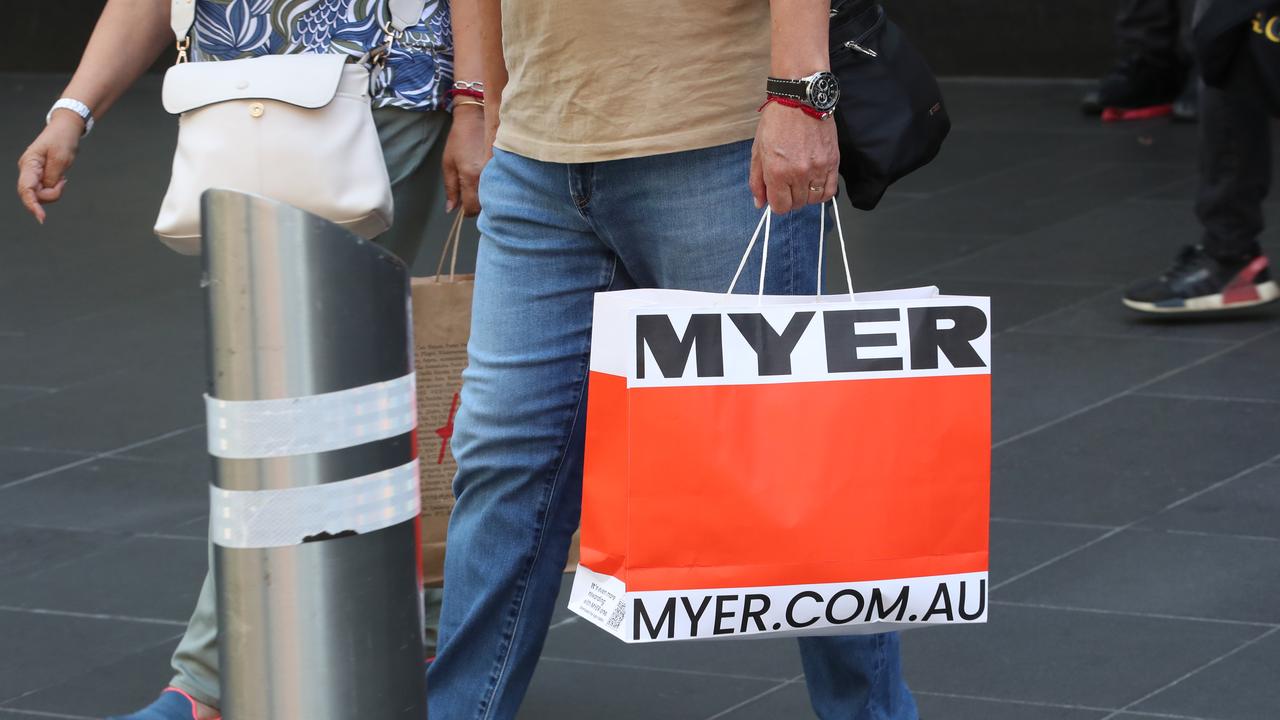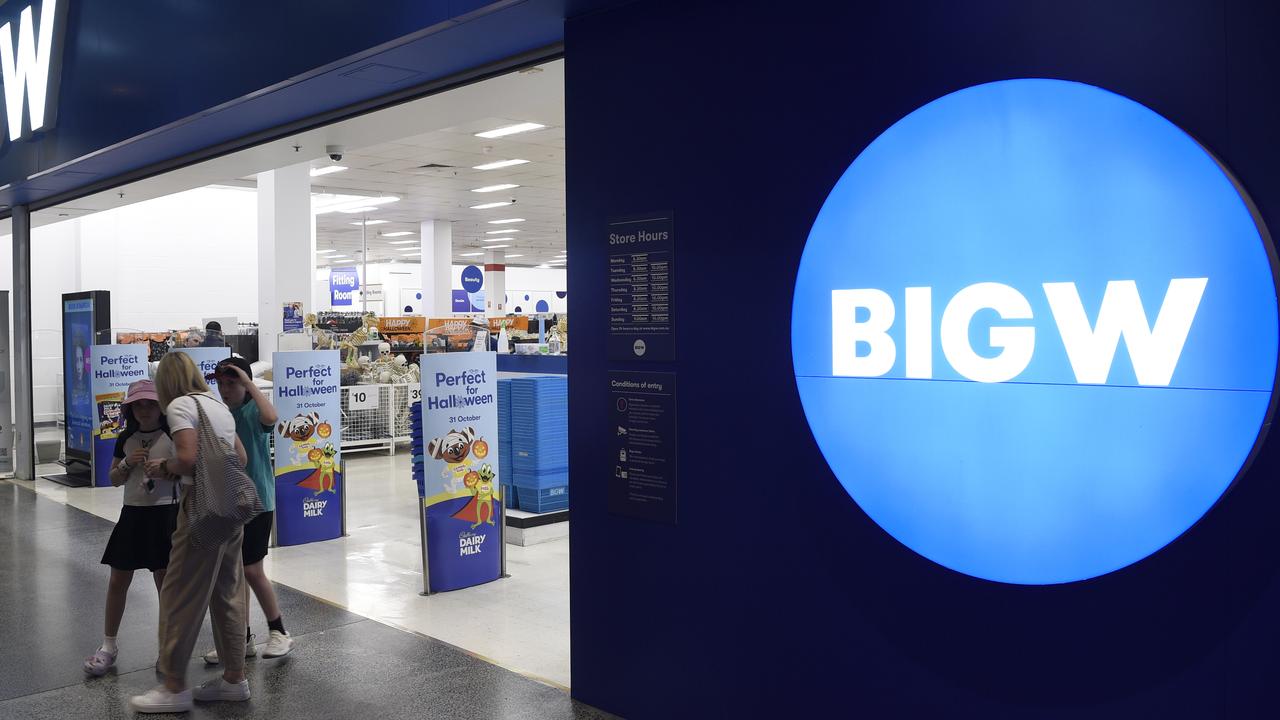Australia Post Christmas parcel mayhem: packages pile up at centre
A new crisis is brewing across the country and it’s going to impact almost every single Australian – and there’s nothing we can do about it.
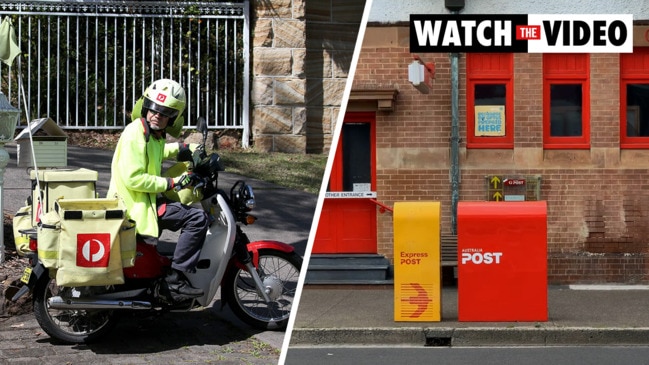
Come December 25, where do you want your presents to be? Under the tree? Or on a crate at an Australia Post distribution centre in Sunshine North? Because the way things are going, the latter option is looking increasingly likely.
Parcels are piling up in Australia Post warehouses and customers are getting cranky.
day 28 and my parcel is still at the @auspost warehouse
— Zach ayman (@zachaymanMP) November 11, 2021
All this, and the shopping season has barely begun. We’ve just had Click Frenzy, then it’s Black Friday, before we finally hit the big one: Christmas. If Australia Post is in a hole now, it is hard to see how it can possibly extricate itself amid a torrent of incoming packages.
If you’re a postal service that wants to survive the biggest Christmas ever, you need to be sailing into December with clean warehouses and motivated staff. Instead its slammed, rammed and log jammed.
Pass the parcel
Australia’s parcel obsession is getting kind of absurd. We used to be behind the rest of the world in terms of online shopping but we have caught up crazy fast during the pandemic.
Total online sales are up enormously. When you look at non-food items, sales have doubled in the last 18 months, and growth is almost vertical in the last few months of lockdowns, as the next chart shows.
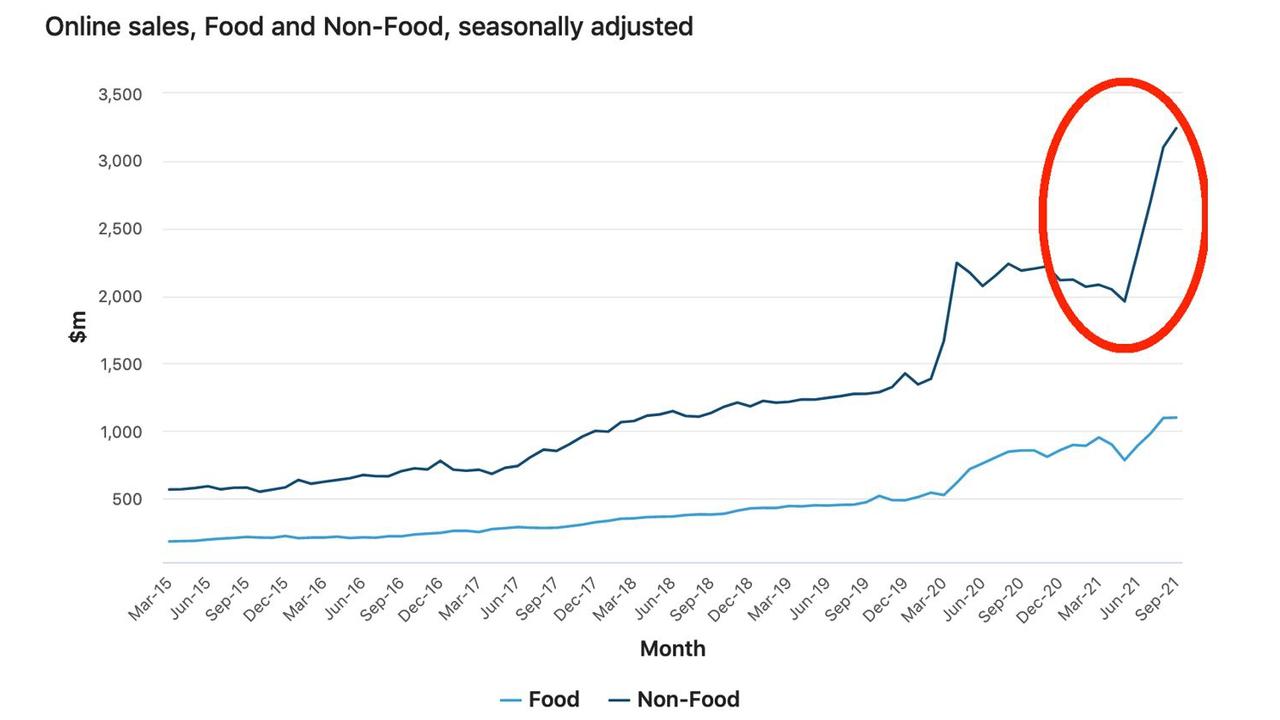
Aside from a little bit of click and collect, those orders need to be delivered. And that’s where the trouble starts. Because the delivery industry hasn’t grown its capacity sufficiently to handle the new volumes.
It is now over 5 weeks since @startrack by @auspost lost my consignment and am no closer to receiving it, despite my numerous enquiries.
— Rainbow Life Warrior (@Aqua_Man_Om) November 11, 2021
An outstanding level of indifference and incompetence shown. I am truly disgusted. #startrack#auspost
Australia Post has a new chief executive, Paul Graham (annual salary $1.456 million, annual bonus: $1.45 million.)
He recently described the online parcel explosion like this: “Last December was our biggest month ever. Yet, in the September just gone, we were up 40 per cent on that again. Each week, we’re consistently delivering well over 10 million parcels per week.”
The posties are doing their best, but the volumes are immense and the odds are stacked against them. Aussie Post is investing in capacity but is it enough?
“Australia Post has been managing Christmas-like volumes for 18 months,” a spokesperson told me. “We expect this Christmas to be our biggest ever.
“That’s why we’ve hired record numbers of people in the past year, and are adding more than 5000 new people ahead of Christmas with 80 per cent of those roles already filled.
“Australia Post has added 30 per cent extra processing capacity this Christmas thanks to new permanent and pop-up processing facilities, we’ll have more planes in the air and more drivers out on the roads including on weekends, and will be delivering right up to and including Christmas Eve.”
The government-owned postal business says to send items by December 13 if you want them to be in a stocking on Christmas morning, otherwise “they may not arrive until after Christmas”.
Brown paper packages tied up with string
I spoke to freight industry insider Marshall Hughes to try to understand where the logistics industry is at right now, and asked him which delivery service he would personally use if he wanted presents to be under the tree by Christmas.
“Anyone but Australia Post,” he replied. “They just got hammered, they weren’t ready for it,” he said. “Drivers and staff are one of the hardest things at the moment.”
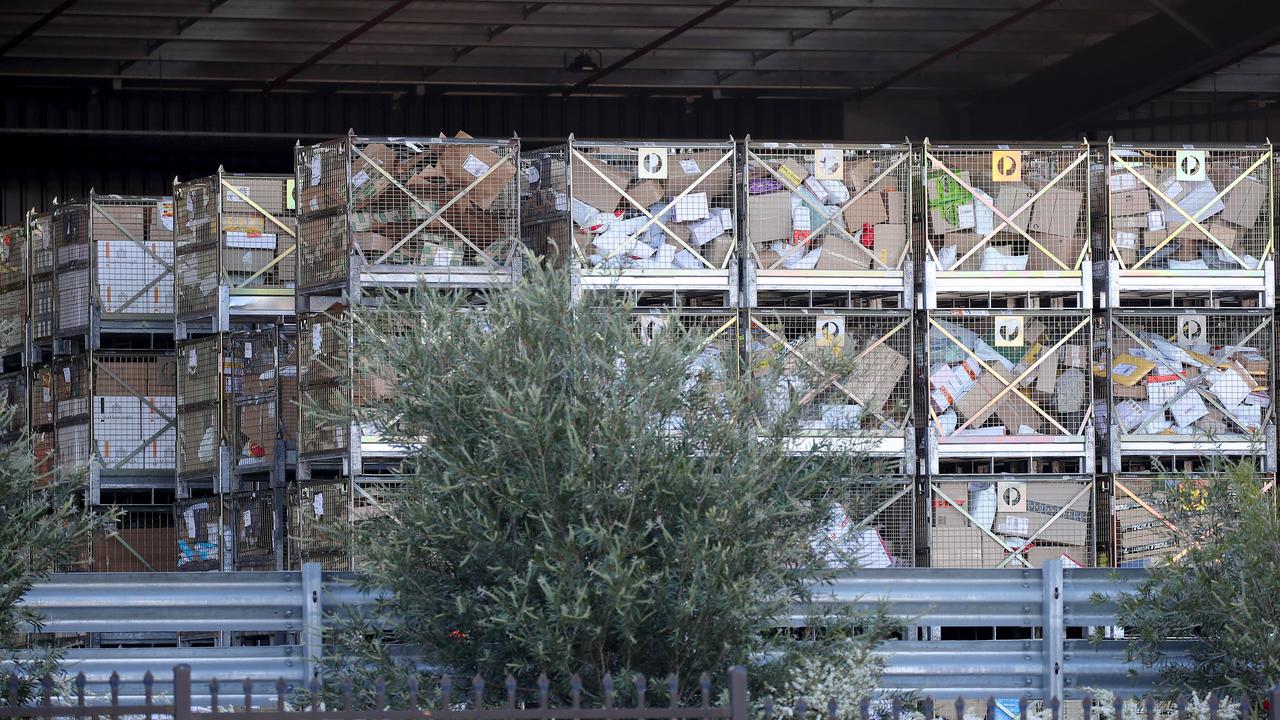
The problem, he explains, is a lot of the delivery drivers are subcontractors to subcontractors. “Fuel’s gone up astronomically. If you’re a guy being paid $35 an hour to run a one-tonne van and your fuel goes up 30 per cent, who’s going to pay for that?”
Hughes points out something that is too easy to overlook – delivery to homes is a much more difficult task than delivering to businesses. The job the logistics industry faces now is very different to the one it primarily dealt with just a couple of years ago.
“People’s houses are not set up to receive freight, that is not what they were designed to do.”
And it’s true, you often see bewildered delivery drivers wandering around on the street looking for an address, or not sure where to leave a parcel. It’s not an easy or efficient system.
So can we expect the year 2022 to let Australia Post and other delivery systems to catch up? Hughes is not optimistic that relief will arrive at once.
“The first crisis for home delivery is now, the second one will be after Christmas when all this stuff gets sent back. The returns. No one is good at returns so that will be another massive mess. It is really hard and really intensive.”
Jason Murphy is an economist | @jasemurphy. He is the author of the book Incentivology.




